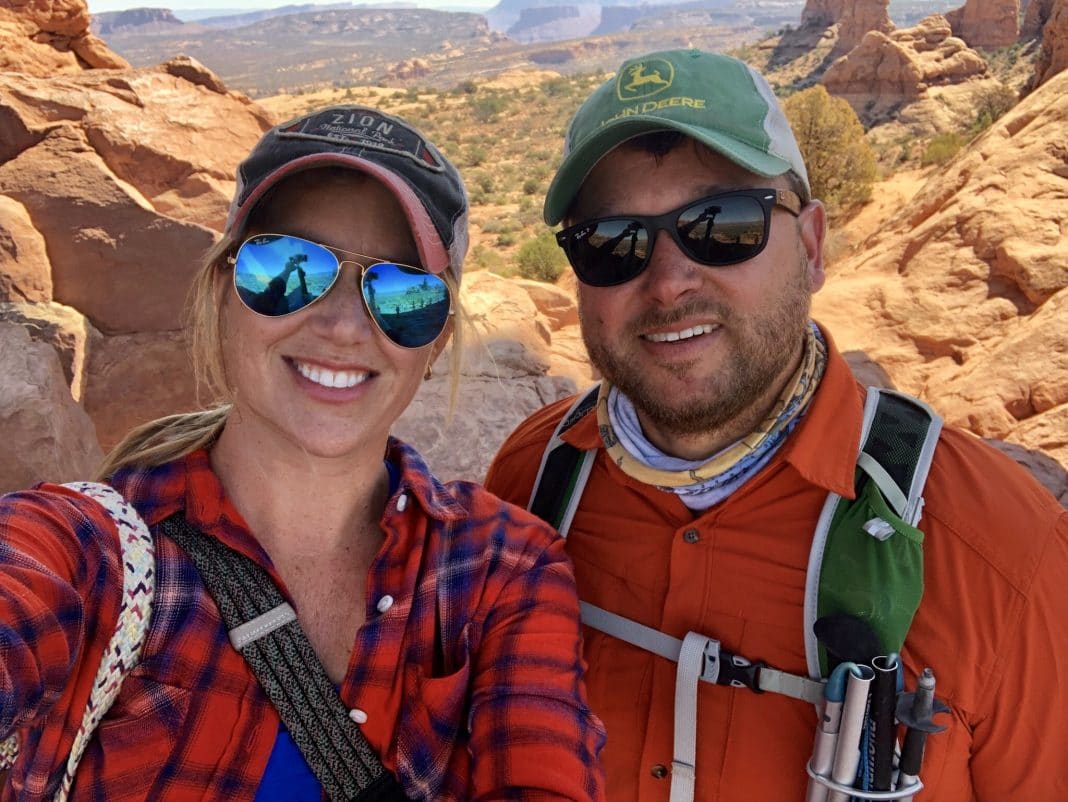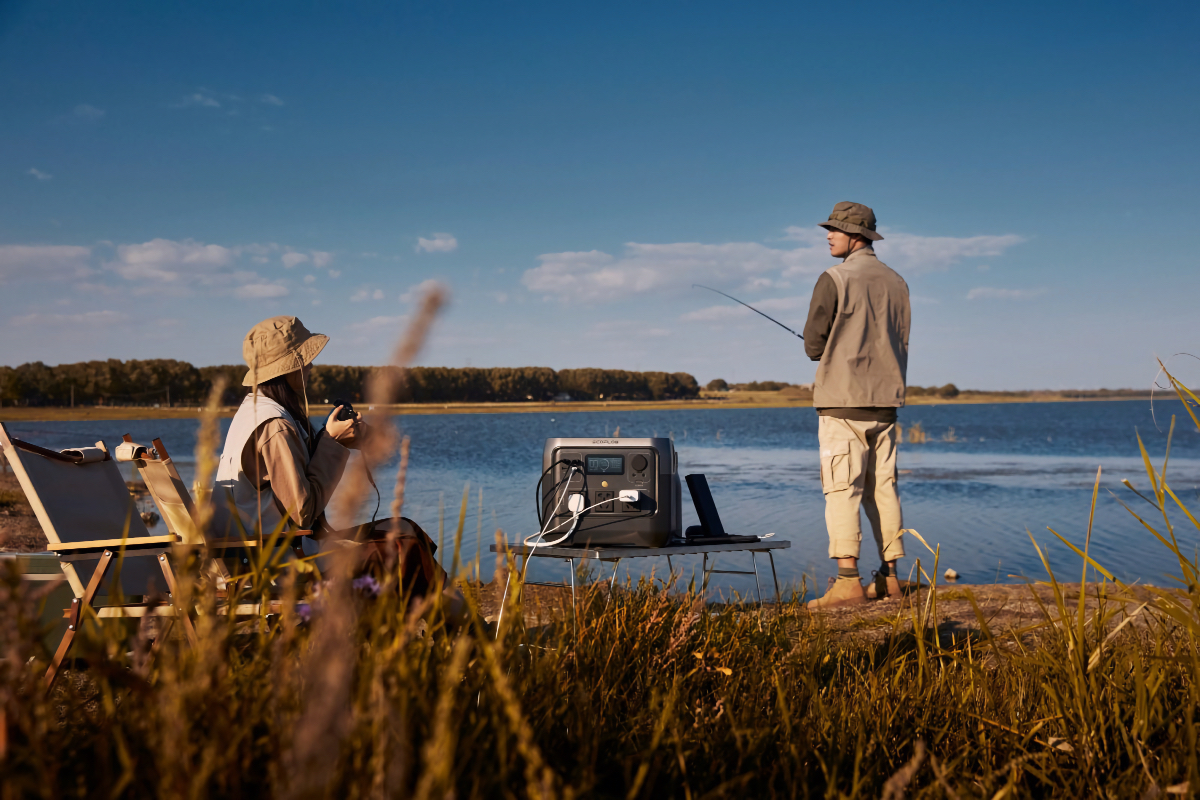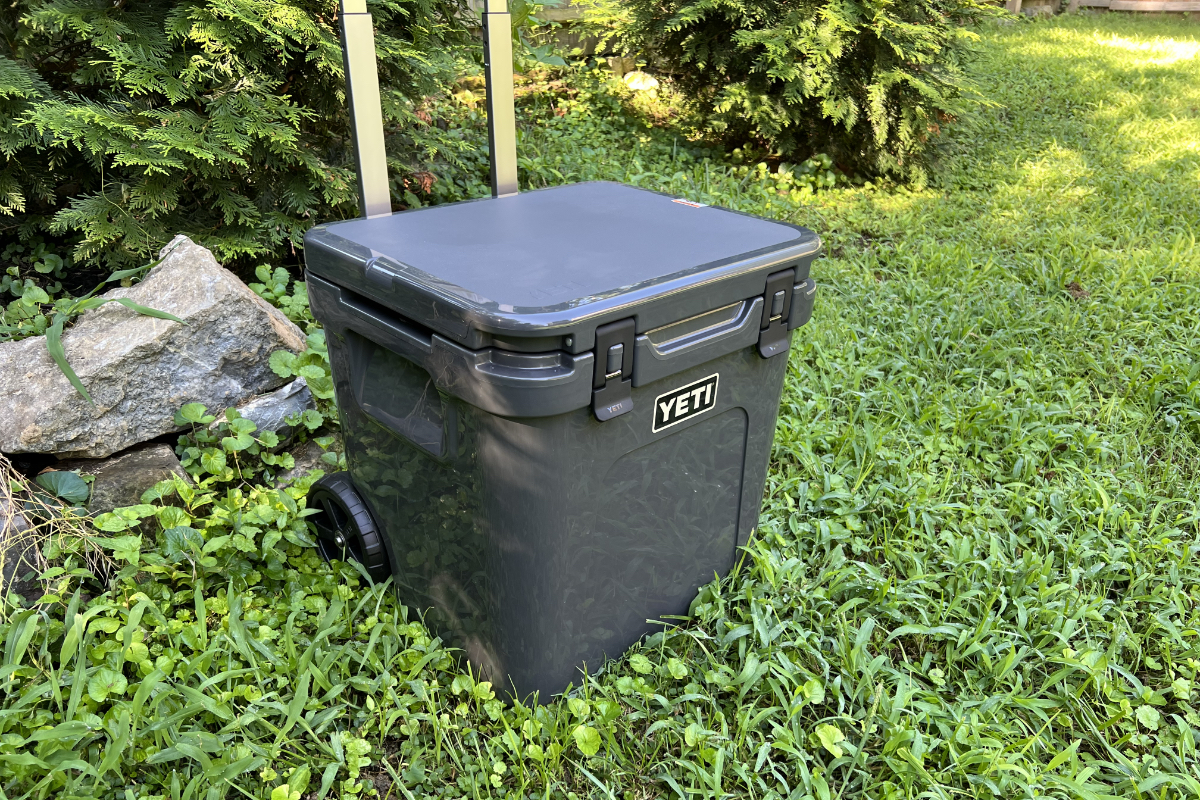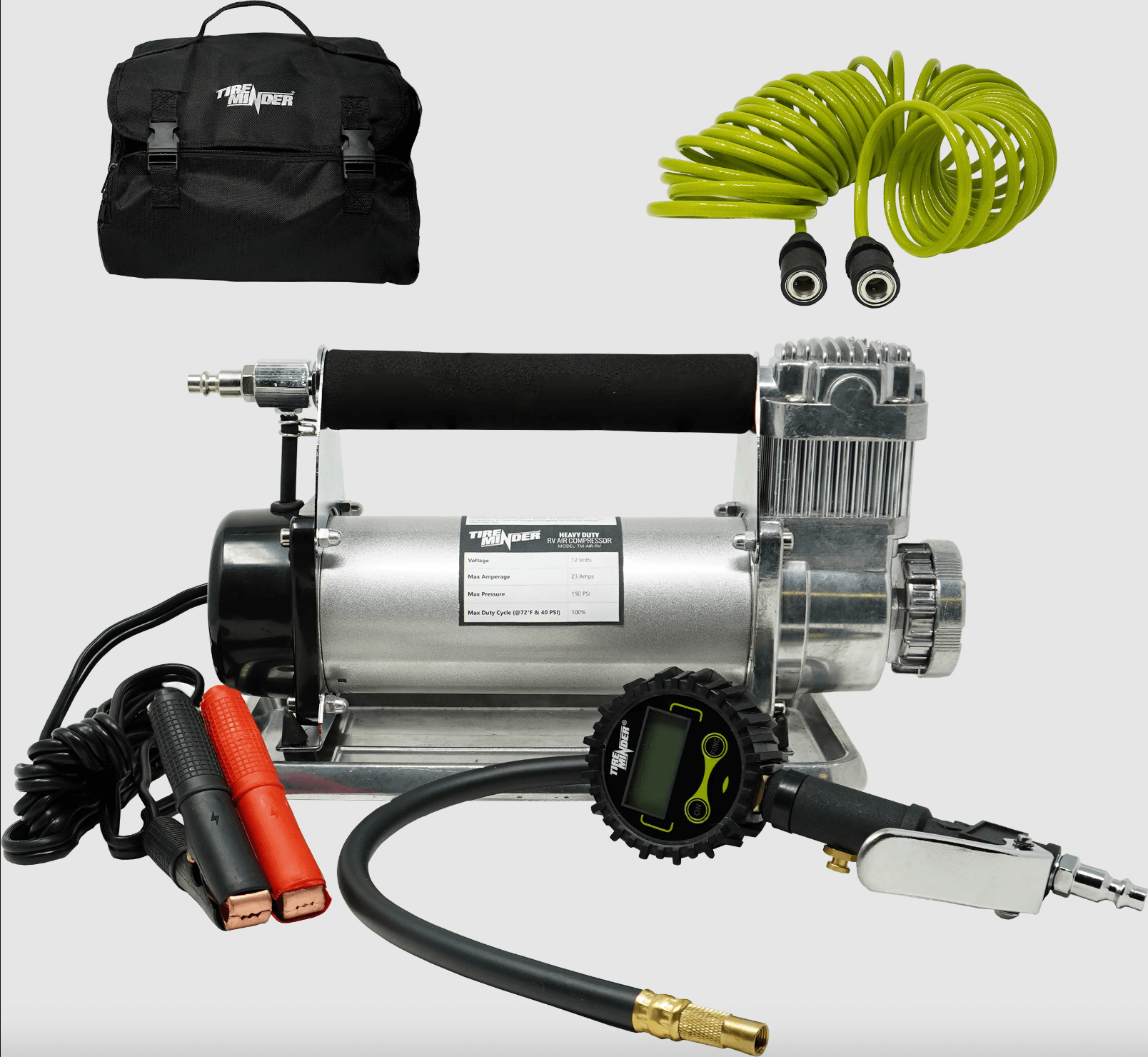Fall Gear Guide for RVers
Stay warm and toasty with these fall gear essentials
Image Caption:
There is something special about camping in the fall. So much life is on display around the country just before the stillness of winter. All the natural world is getting ready for the first frosts. The trees have transitioned to copper and gold. Wildlife is out in force prepping for the coming cold. Autumn campers might even catch male elk and deer battles as they fight for the hearts of the females, or a bear out fattening up for her long hibernation.
If you are typically a summer camper but thinking of extending your adventures into the autumn season, we’ve got you covered. Having the right gear will bring your family warmth and comfort on those chilly mornings and crisp autumn nights. We’ve put together this RV Fall Gear Guide to make your fall camping a memorable and enjoyable experience.
Fall Campfires
There is nothing quite like gathering the family around a warm fire on a chilly fall evening. There is also nothing quite like the disappointment of pulling into a campsite and discovering a fire ban is in place. For those more experienced with summer camping, when the humidity is higher due to the increased temperatures, this can come as a big surprise. Fall is fire season. The winds are up and humidity is down and this often means fire restrictions. These restrictions are smart and crucial to the managed fire programs that the U.S. Forest Service uses to ensure our national forests aren’t decimated by an errant campfire spark. There is good news, though, as a campfire ban doesn’t mean your dreams of roasting marshmallows have to be dashed.
Campfire bans are geographical restrictions that determine if a charcoal or wood campfire is allowed. In our travels, especially in the West, we encountered many campfire bans. Since the bans tend to focus on preventing types of fires that can create sparks or that may need extra attention to ensure they are out cold, a propane-fueled fire pit is often still allowed. We have found that only once in a blue moon were propane fire pits prohibited as well.
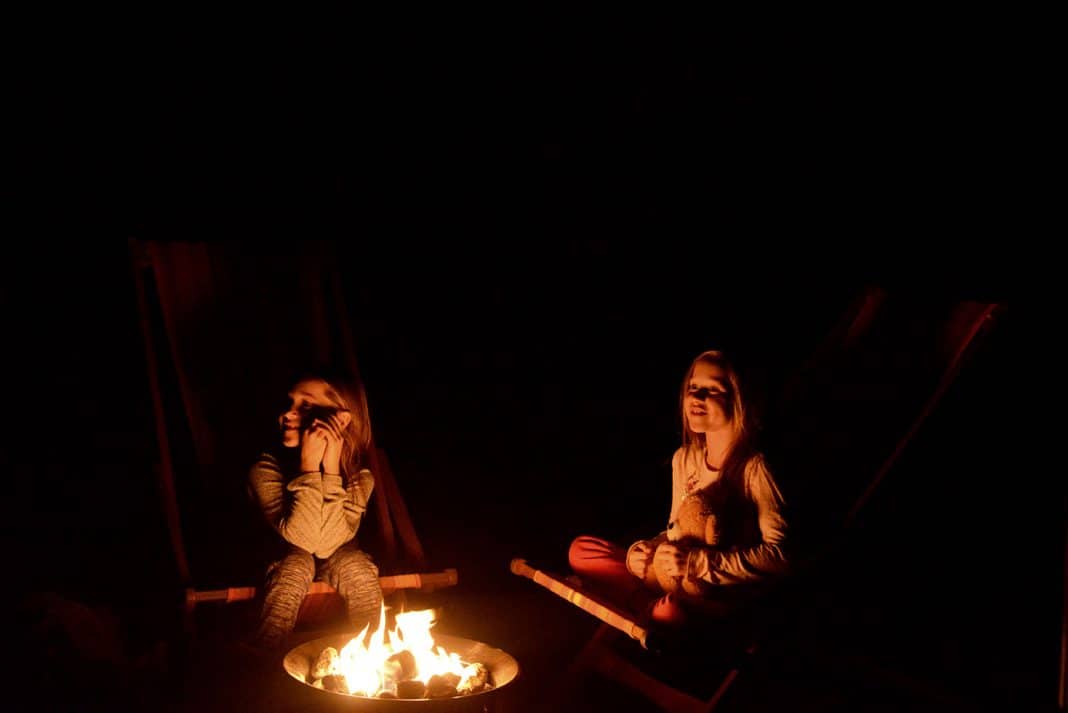
Enjoying campfire stories and the benefits of our propane fire bowl before bed. Photo: Home While We Roam
Benefits of a propane fire pit:
- No Stink!
- Campfires are awesome but smelling like a campfire for three or four days can wear on a person. We love having fire that creates warmth and can toast s’mores but doesn’t leave you feeling like a smoked salmon.
- Light a fire with a click
- No need to send the kids on a tinder collection mission or to bust out that propane torch to try and shortcut that bonfire flare-up. Today’s propane fire pits come with an ignition just like on your gas grill. Turn on the propane flow, click the ignitor, and you have created fire!
- Burn with no sparks:
- Since most fire bans are about preventing sparks from traveling in the wind and catching nearby brush on fire, a propane fire pit has you covered. Propane burns clean and even open-ring propane pits are designed not to create sparks. Most modern fire pits also make it easy to adjust the size of the flame if the winds do come up while you are getting toasty.
Heat Your RV More Efficiently
One of the best cool-weather tips we ever received was from some camping friends we met while staying in Grand Teton National Park. It was late September and the nights were already very chilly. They noticed that our propane furnace was running most of the night. They pointed out that while propane is amazing for quickly heating up our trailer, we could get a lot more efficiency out of an oil-filled radiant heater.
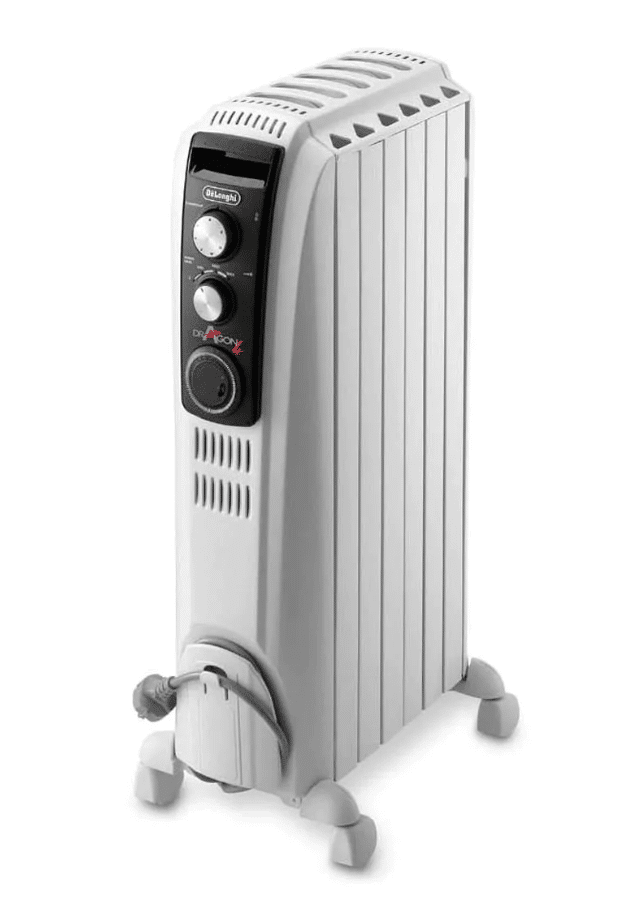
Oil-filled radiant heater with a unique “chimney” design provides a rapid flow of hot air that can quickly warm up the whole room. Photo: De’Longhi.com.
We were interested in that, of course, but worried that because we have small children and pets, a heater in that small space could introduce burn risks. This is when our friends showed us their oil-filled radiant heater. When we thought of heaters before that, we always thought of something like a space heater with a heating element that gets hot to create heat and can burn skin. The design of a radiant heater removes most of the burn risk. Bonus: They also heat in absolute silence so you don’t get a lot of annoying clicking or loud fans coming on or off throughout the night.
By using a radiant heater and the electricity from our campsite to power it, we have seen a tremendous savings on propane consumption during cold-weather camping. The propane furnace will come on only a few times a night even in freezing temperatures because the oil-filled fins of the radiant heater will send warmth to all corners of your rig.
Layers on Layers
In cooler temperatures, nothing will keep you and the family happy and warm like properly layering your clothing. We have seen a lot of folks out camping in the cold that put on that heavy coat but get uncomfortable and need to take it off only to put it on again when they get too cold. The trick to staying warm in the cold is to stay dry, and the trick to staying dry is to layer.
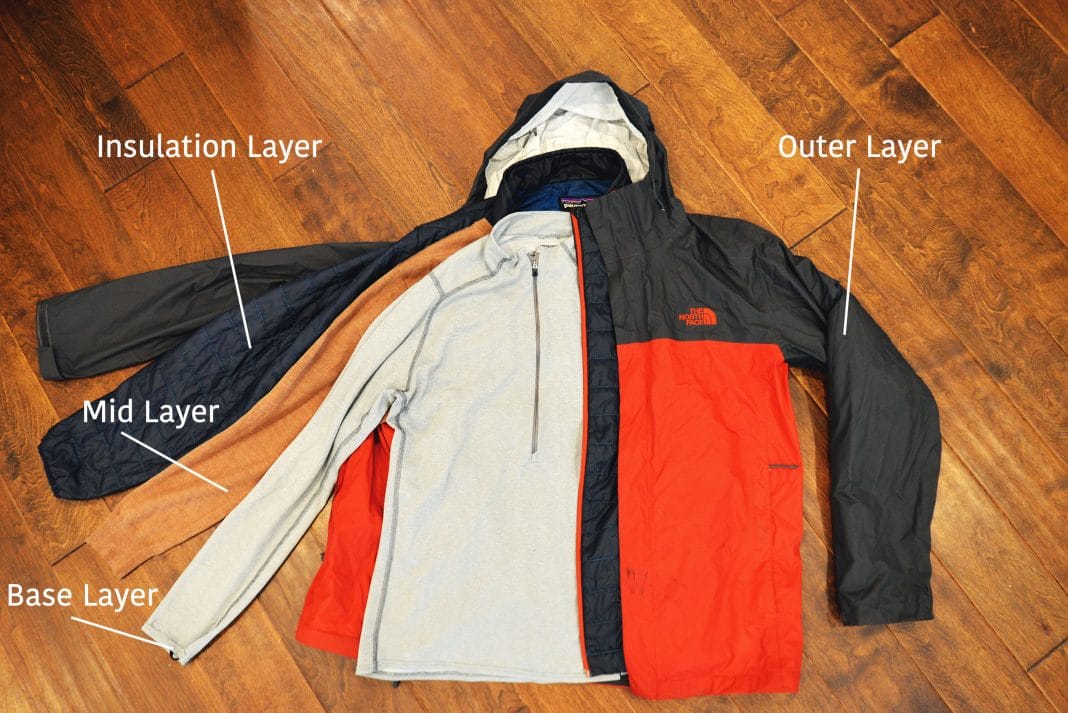
Proper layering will keep you and your family warm this fall. Photo: Home While We Roam
Here are the basics:
Layer 1 – This is your base layer. You want to wear a thin base layer next to your skin. Long-sleeved is preferable. Think about your grandpa’s long johns but don’t actually wear those. Instead, Patagonia’s Capilene midweight base layers are the Home While We Roam choice for the whole family.
Layer 2 – This is a thin midlayer and the material should be wool if at all possible. If you suddenly start itching because you are again picturing your grandpa’s heavy wool seaman’s sweater, think again. You want gear made from merino wool. Merino wool comes from the sheep breed of the same name and provides superior warmth without being bulky or itchy. Since it is wool, it is also naturally odor-resistant so it is great for multiple wears without a wash. Merino wool doesn’t have to be expensive either. Amazon Goodthreads makes a merino wool sweater that we can’t stop wearing that costs less than $40.
Layer 3 – This is where that puffy jacket comes into the picture. Your puffy jacket should be insulated with goose down or synthetic down. Do yourself a favor and stay away from any other insulation type as it just isn’t going to give you the warmth you need. When choosing between goose down or synthetic down, remember this: Goose down is warmer but loses its warmth when it gets wet. Synthetic down can still retain warmth in the wet but is not as warm overall.
Layer 4 – The fourth and final layer is your outer shell. It should be waterproof but breathable and will keep you dry and toasty as fall gives way to winter and the snow begins to fall.
Wildlife in the Fall
When visiting a national park or any other location where you are likely to encounter wild animals, think about carrying some bear spray. In fall, animals are engaged in lots of instinctual winter prepping, which means lots of wildlife activity during times when you and your family are out exploring. We don’t go exploring with any thoughts of a bear encounter in our minds, but since our chances of encountering an apex predator like a bear increase during this time of year, we go prepared.
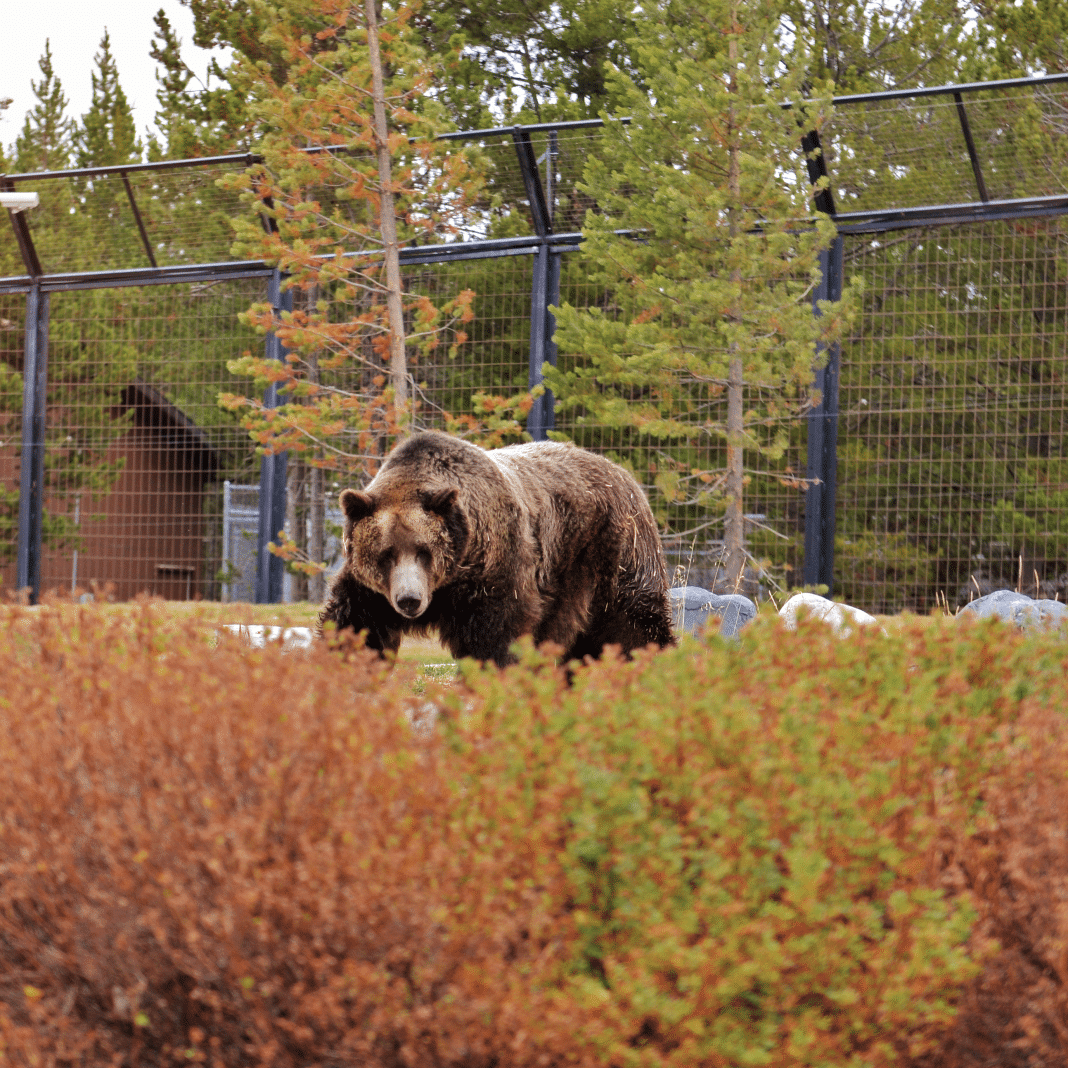
Grizzly & Wolf Discovery Center in West Yellowstone, Montana, offers close-up views of wildlife. No bear spray needed! Photo: Home While We Roam
Personal Heated Blanket
Our kids get cold easily and we like to keep the RV from turning into an oven. Between the propane furnace and the oil-filled radiant heater, it can get warm quickly! Our solution is the tried-and-true electric blanket. Modern electric blankets are extremely safe and are an easy way to keep the cold-running members of your family warm, without having to peg the thermostat at 80 degrees.
The electric blanket can pull double duty for long hauls between campsites during the fall. There are many travel models available that plug directly into your vehicle’s 12-volt power.
Tire Pressure Monitors
As fall rolls around and daytime/nighttime temps are in a constant flux, you want to pay special attention to your tire pressure and ensure correct pressure is maintained. Most camping trailers do not include tire pressure monitors as a standard feature. Since your tires are arguably the most important set of gear for your rig, we highly recommend aftermarket tire sensors.
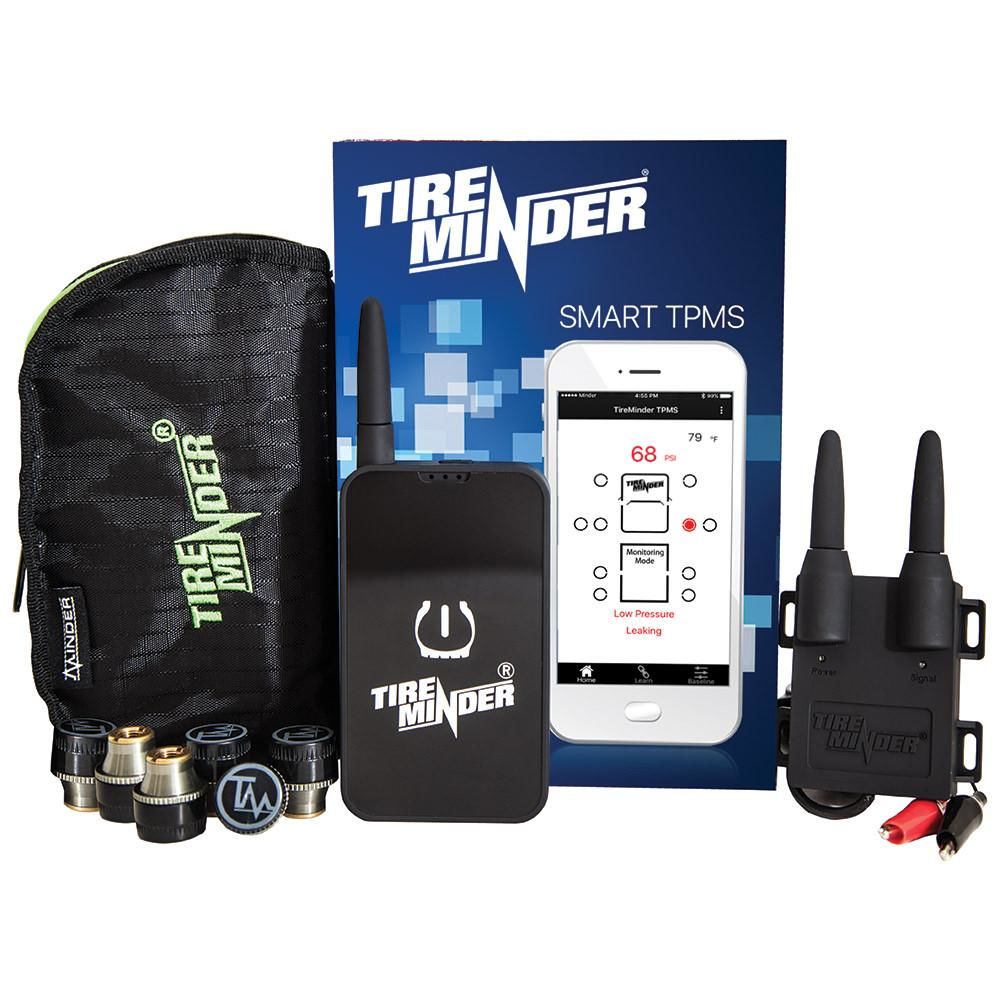
Monitor your RV tire pressure right from your smartphone with the TireMinder Smart Tire Pressure Monitoring System! Photo: CampingWorld.com
For safe operation during long hauls it is crucial to keep your tires inflated to the manufacturer’s specification. A tire pressure monitor like TireMinder is designed with this in mind. Our TireMinder uses a Bluetooth adapter that has built-in alerts. This adapter also allows you to connect the TireMinder smartphone app to your system. Using the app you can see real-time tire pressure and tire temperature as well as set your alarm thresholds. Having low-pressure alarms has saved us several times from what could have been a dangerous blowout. Being able to quickly get a reliable reading without having to go to each tire and check pressures has been one of the best gear investments we have made.
Slow Cookers and Pressure Cookers
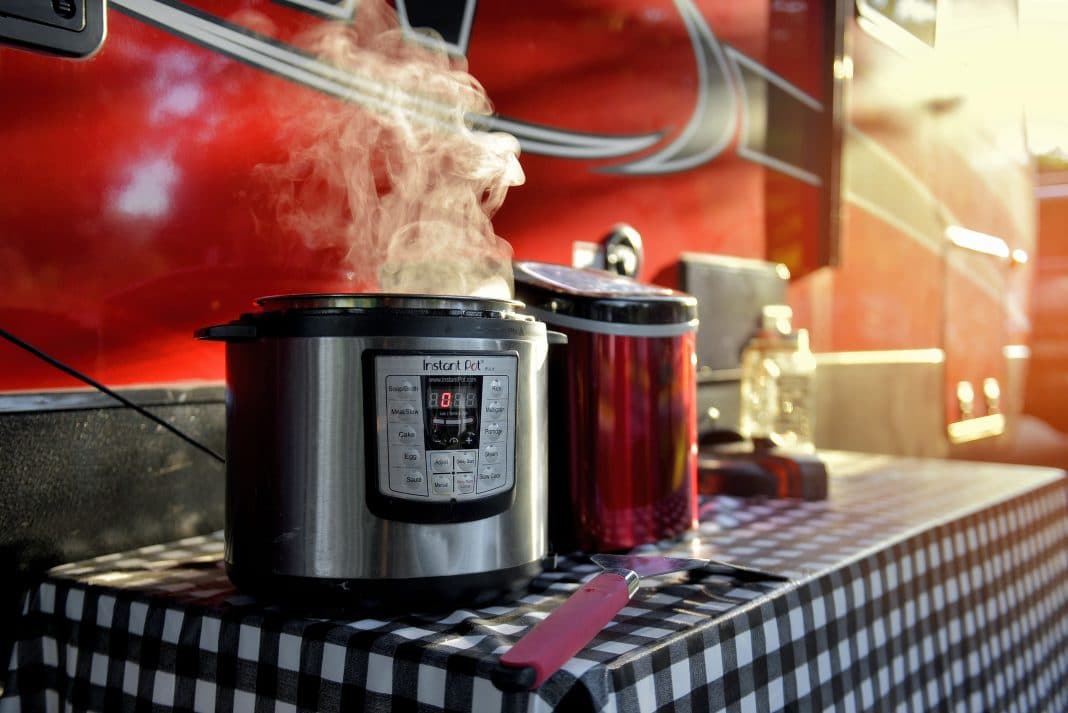
Nothing says “fall” like home-cooked chili! We save time with our Instant Pot. Photo: Home While We Roam
Whether you’re camping in the mountains or exploring new cities this fall, a pressure cooker is a MUST-HAVE on your travels! Using your Instant Pot in your RV helps you make good food quickly. Plus, you get consistent results, and you don’t have to babysit your food while it cooks. (This means more time for adventures!) With a little planning, it’s just as easy as cooking at home. We keep our Instant Pot in our camper year-round.
Get Out There
Fall is such a spectacular time of year to experience nature’s beauty. With thinner crowds and cooler temperatures, we think fall is one of the best times to go camping. Don’t let the chilly weather keep you from experiencing firsthand the changing of the seasons. With a little preparation and the right gear, you can extend those campfire nights well into winter.
Home While We Roam
Home While We Roam is an Atlanta, Georgia-based family who love RV life. They’ve traveled more than 15,000 miles around the United States with their red Winnebago Minnie Plus travel trailer in search of simpler living, deeper family ties and epic adventures! Find them on Instagram @homewhileweroam.

